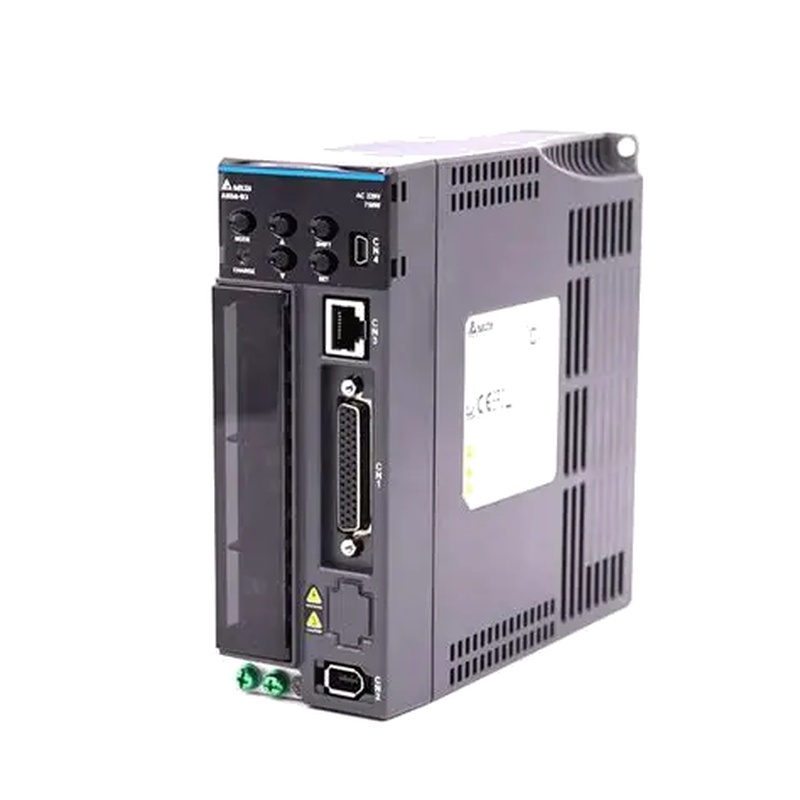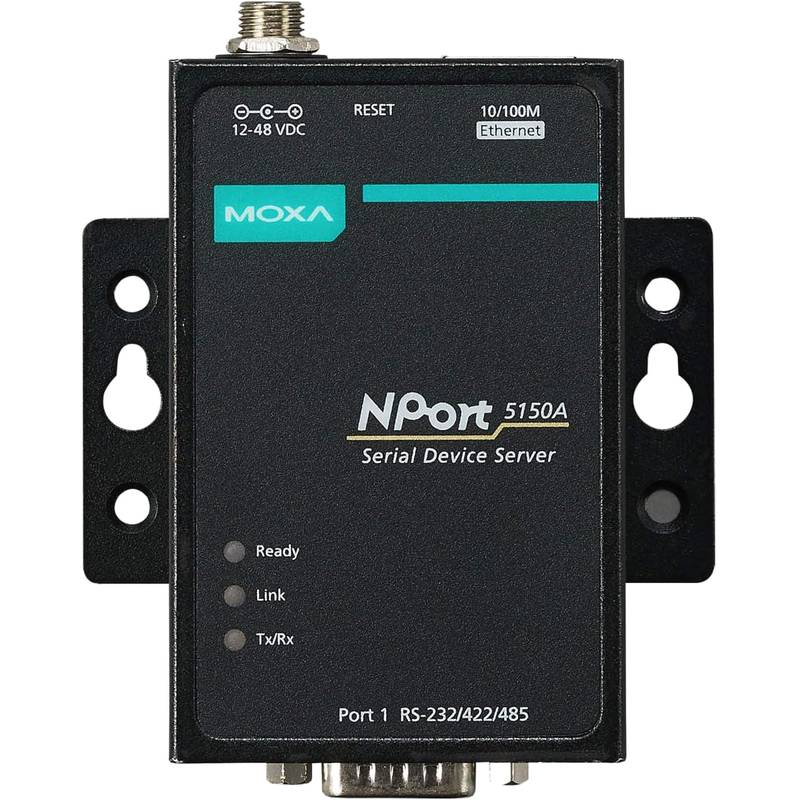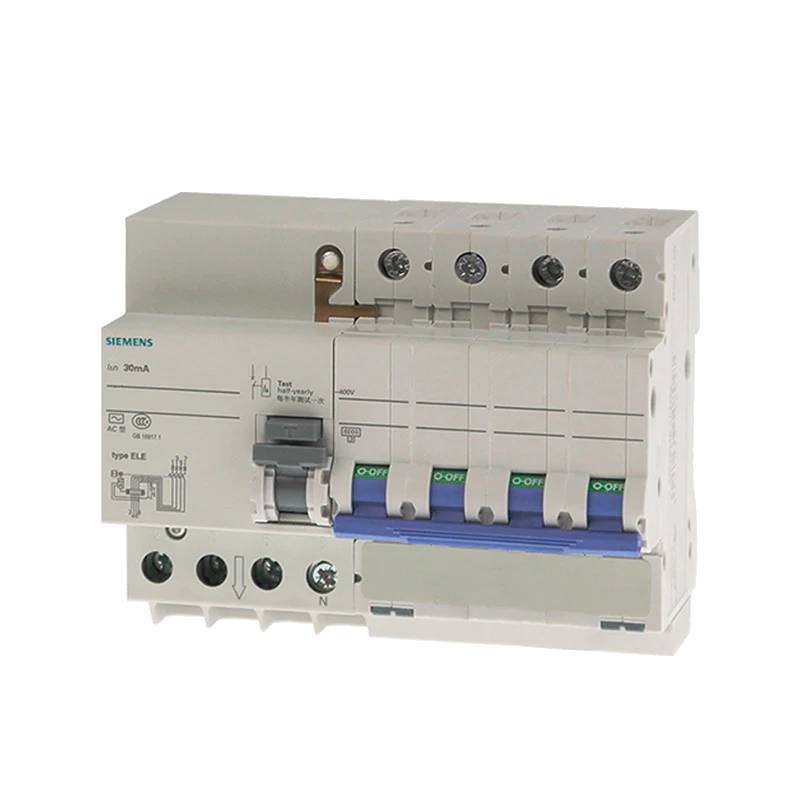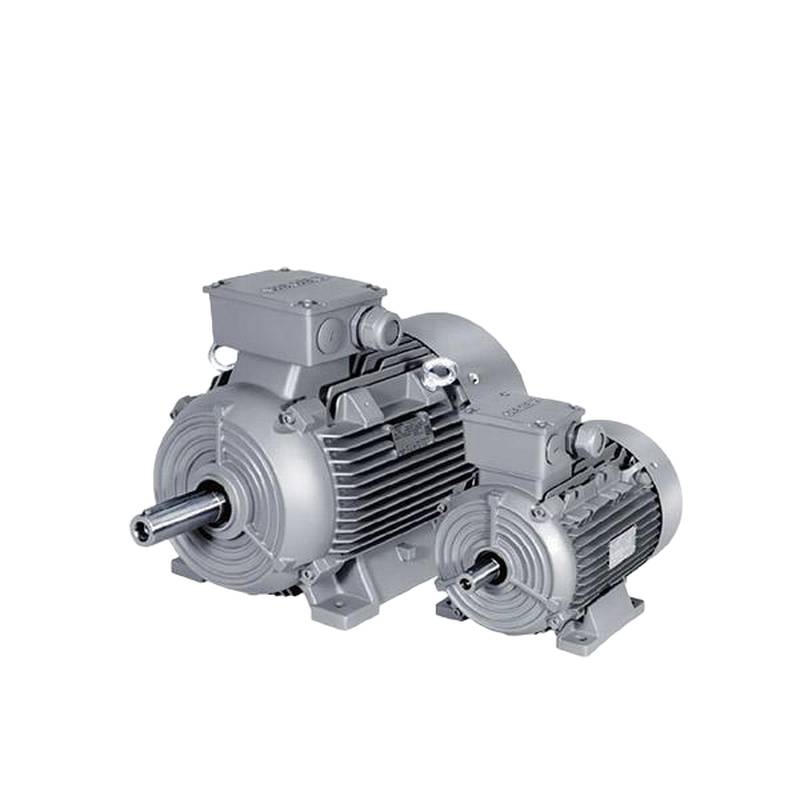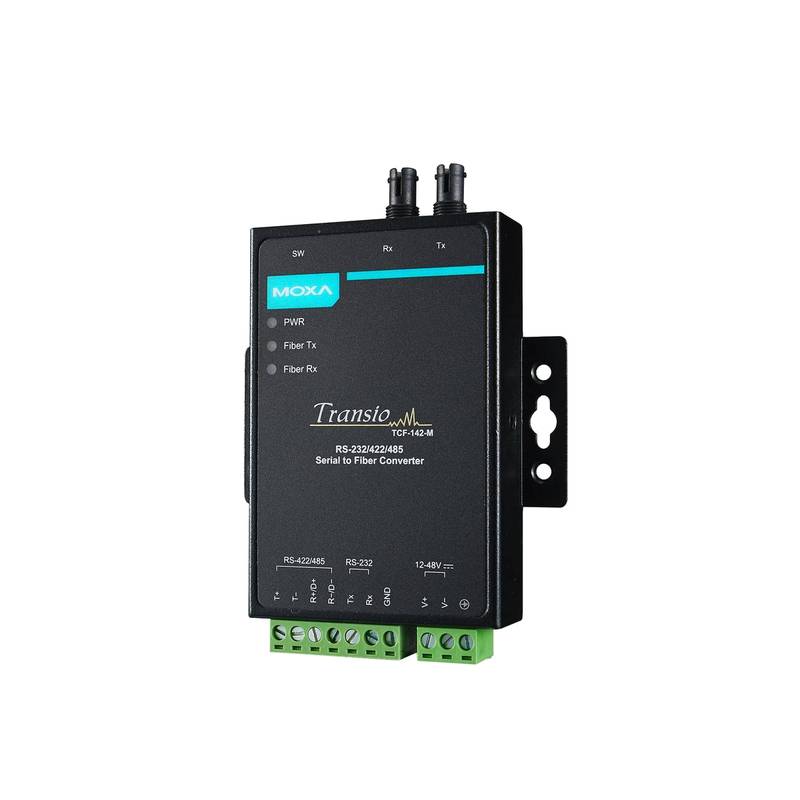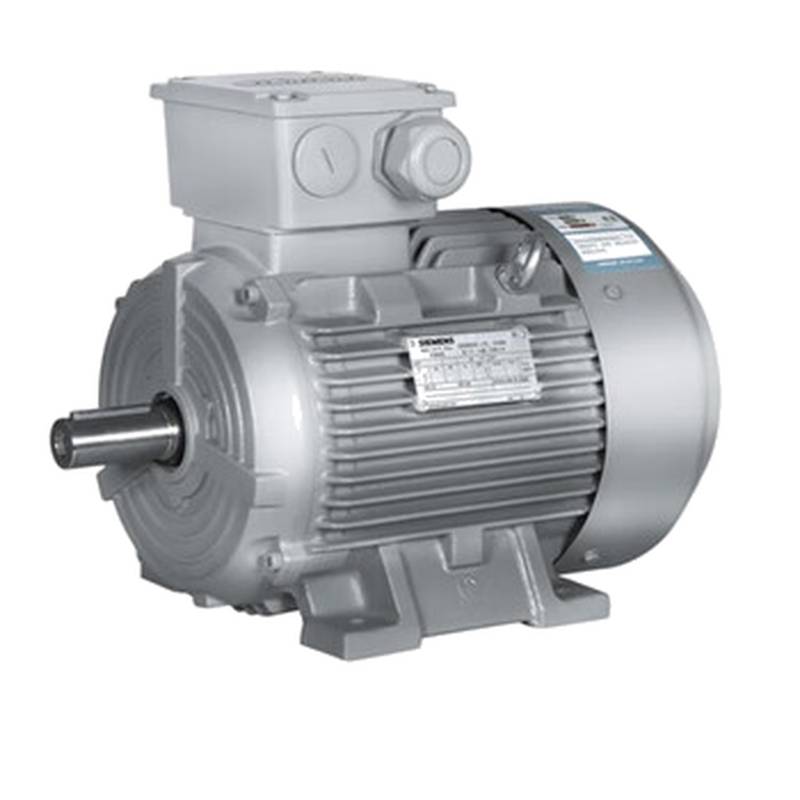
The Delta ASD-B3-2043-L B3 Series High Inertia Servo Drive is engineered to elevate machine tool performance, offering robust control for demanding applications. This drive excels in providing precise motion control for high-inertia loads, a critical factor in achieving superior accuracy and productivity in CNC machining, automated assembly, and other industrial automation tasks. Its core advantages lie in its advanced control algorithms, comprehensive protection features, and seamless integration capabilities. Key technical parameters include a rated output current of 4.3A, support for 200-240VAC input voltage, and a maximum output frequency of 1000Hz, all designed to meet the rigorous demands of modern industrial machinery.
Product Specifications
| Parameter | Value |
| :---------------------- | :---------------- |
| Series | B3 Series |
| Model | ASD-B3-2043-L |
| Input Voltage | 200-240VAC |
| Rated Output Current | 4.3A |
| Max Output Frequency | 1000Hz |
| Control Method | High Inertia |
| Communication Interface | Multiple (e.g., EtherNet/IP, PROFINET) |
| Protection Features | Overcurrent, Overvoltage, Overtemperature, etc. |
Core Features & Market Positioning
The Delta ASD-B3-2043-L B3 Series servo drive distinguishes itself through its specialized design for high-inertia applications. Unlike standard servo drives, this unit incorporates advanced algorithms optimized to manage and control systems with significant rotational inertia, such as large-diameter spindles, heavy robotic arms, or high-mass linear axes. This optimization translates directly into enhanced dynamic response, reduced settling times, and improved surface finish on machined parts, directly impacting throughput and quality. Its positioning in the market is that of a high-performance, reliable solution for machine tool builders and system integrators seeking to push the boundaries of precision and efficiency. The drive's ability to maintain precise speed and position control even under fluctuating load conditions makes it a competitive choice against other premium servo drive manufacturers.
Key Application Scenarios
This servo drive is ideally suited for a variety of demanding machine tool applications. Its high-inertia control capabilities are paramount in applications like CNC milling machines with large-capacity spindles, where smooth acceleration and deceleration are critical for tool life and workpiece finish. It is also highly effective in advanced grinding machines, high-speed cutting operations, and robotic automation systems requiring precise, dynamic manipulation of heavy payloads, such as in automotive component manufacturing or aerospace part fabrication. Furthermore, its robust performance makes it suitable for automated packaging machinery, semiconductor manufacturing equipment, and any industrial process where accurate and powerful motion control over large masses is a prerequisite for optimal operation.
Practical System Integration Guidance
Integrating the Delta ASD-B3-2043-L B3 Series servo drive into a machine tool system requires careful consideration of wiring, communication protocols, and parameter configuration. For optimal performance and safety, it's essential to use shielded servo motor cables and encoder feedback cables, ensuring proper grounding to minimize electrical noise. The drive typically supports multiple industrial communication protocols, such as EtherNet/IP or PROFINET, allowing for seamless integration into existing PLC-based automation architectures. Initial setup involves configuring motor parameters, such as pole count, rated voltage, and current, using the Delta drive's configuration software. Precise tuning of PID control loops, especially for high-inertia loads, is crucial and may involve advanced techniques like auto-tuning or manual adjustment of gains and filter settings to achieve desired responsiveness and stability.
Operation and Risk Mitigation
Safe and efficient operation of the Delta ASD-B3-2043-L B3 Series servo drive hinges on understanding its operational parameters and implementing robust risk mitigation strategies. Users should always refer to the official documentation for specific wiring diagrams and safety guidelines before powering up the drive. Overcurrent and overvoltage protection are built-in, but external circuit protection, such as appropriately rated fuses or circuit breakers, is still recommended. Common operational issues can often be resolved by checking parameter settings, ensuring correct motor connections, and verifying encoder feedback signals. The drive features diagnostic indicators and error codes that provide valuable insights into fault conditions, such as over-temperature (e.g., "OL" fault), communication errors, or motor-related issues. Promptly addressing these fault codes, often by consulting the drive's troubleshooting guide, is key to preventing equipment damage and minimizing downtime.
Scalability & Long-Term Value
The Delta ASD-B3-2043-L B3 Series servo drive offers significant scalability and long-term value, particularly due to its compatibility with a wide range of Delta servo motors and its flexible communication interface options. This allows for straightforward upgrades or expansions within existing Delta automation ecosystems. The drive's ability to integrate with various industrial networks facilitates its adoption into smart manufacturing environments and IIoT platforms, enabling data acquisition for performance monitoring, predictive maintenance, and process optimization. As machine tool requirements evolve, the drive's advanced control capabilities and potential for firmware updates ensure it remains a relevant and powerful component, providing a solid return on investment through enhanced productivity, reduced maintenance, and extended equipment lifespan.
---
Frequently Asked Questions
What is the primary advantage of the Delta ASD-B3-2043-L for high inertia loads?
This drive features specialized control algorithms. These algorithms are specifically tuned for systems with significant rotational mass.
They enable smoother acceleration and deceleration. This reduces mechanical stress and wear.
The result is improved positional accuracy and faster settling times. This boosts overall machine productivity and quality.
How does the B3 Series servo drive ensure system protection?
The drive incorporates multiple built-in protection circuits. These include overcurrent, overvoltage, and overtemperature detection.
External circuit protection, like fuses, is also recommended. This provides a robust, layered safety approach.
Following proper installation and operating guidelines further mitigates risks. This ensures reliable, long-term performance.
What are the typical communication protocols supported by the ASD-B3-2043-L?
This drive commonly supports major industrial Ethernet protocols. Examples include EtherNet/IP and PROFINET.
These protocols allow for seamless integration into PLC systems. This enables robust automation and data exchange.
Users can select the protocol that best fits their existing infrastructure. This ensures flexible and efficient system design.
How is the Delta ASD-B3-2043-L commissioned for a new machine tool?
Commissioning begins with proper electrical wiring and grounding. Motor and encoder feedback connections must be secure.
Next, motor parameters are configured via Delta's software. This includes pole count, voltage, and current ratings.
Finally, servo loop tuning is performed for optimal performance. This ensures precise and stable motion control.
Can this servo drive be used with different types of Delta servo motors?
Yes, the ASD-B3-2043-L is designed for compatibility. It works with a range of Delta servo motors.
The drive can be configured for various motor models and sizes. This offers flexibility in system design.
Always consult the motor compatibility list. This ensures optimal performance and safety.
What technical specifications are critical for selecting this servo drive?
Input voltage range is crucial, typically 200-240VAC for this model. Rated output current, 4.3A here, must match motor needs.
High inertia capability is a defining feature. Maximum output frequency (1000Hz) also dictates performance limits.
Understanding these parameters ensures the drive meets application demands. This prevents over or under-specification.
How does the high inertia control benefit CNC machining?
High inertia control allows for faster spindle acceleration/deceleration. This reduces cycle times on CNC machines.
It also improves surface finish quality. This is achieved by minimizing vibration during heavy cuts.
The drive maintains precise speed and position. This is vital for complex tool paths and accuracy.
What troubleshooting steps are recommended for common drive faults?
First, check all wiring connections and grounding. Ensure the motor and encoder are correctly connected.
Review the drive's error code display. Consult the manual for the specific fault code meaning.
Verify parameter settings are appropriate for the motor. Incorrect parameters are a frequent cause of issues.
How does this drive contribute to IIoT integration in machine tools?
Its support for industrial Ethernet protocols is key. This enables real-time data communication.
Machine status and performance metrics can be monitored remotely. This facilitates predictive maintenance.
Integration with SCADA or MES systems is possible. This enhances overall factory automation efficiency.
What are the long-term value propositions of the Delta B3 Series servo drive?
The drive offers robust and reliable performance. This leads to reduced downtime and maintenance costs.
Its compatibility with other Delta products aids scalability. This supports future system expansions or upgrades.
The advanced control features ensure relevance. This provides a strong return on investment over time.














